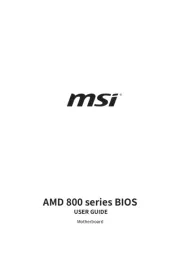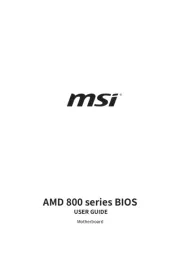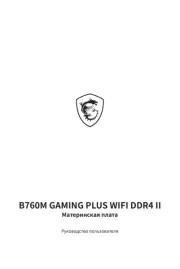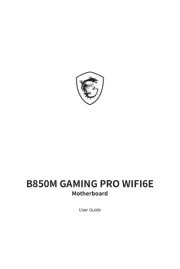Asus E45M1-M Pro Manual
Læs gratis den danske manual til Asus E45M1-M Pro (61 sider) i kategorien Bundkort. Denne vejledning er vurderet som hjælpsom af 6 personer og har en gennemsnitlig bedømmelse på 4.3 stjerner ud af 3.5 anmeldelser.
Har du et spørgsmål om Asus E45M1-M Pro, eller vil du spørge andre brugere om produktet?

Produkt Specifikationer
| Mærke: | Asus |
| Kategori: | Bundkort |
| Model: | E45M1-M Pro |
Har du brug for hjælp?
Hvis du har brug for hjælp til Asus E45M1-M Pro stil et spørgsmål nedenfor, og andre brugere vil svare dig
Bundkort Asus Manualer
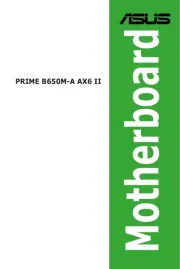

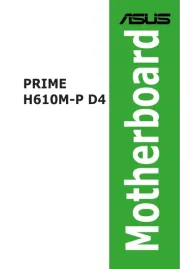



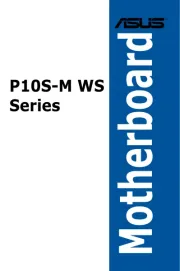
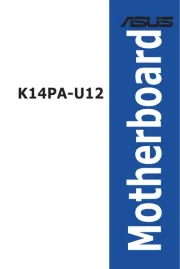
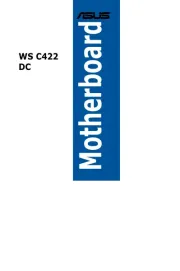
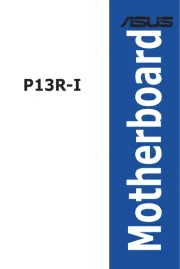
Bundkort Manualer
- Intel
- Evga
- Supermicro
- NZXT
- Sapphire
- Gigabyte
- Zotac
- Foxconn
- ECS
- Elitegroup
- MSI
- Biostar
- Festo
- Advantech
- EPoX
Nyeste Bundkort Manualer
